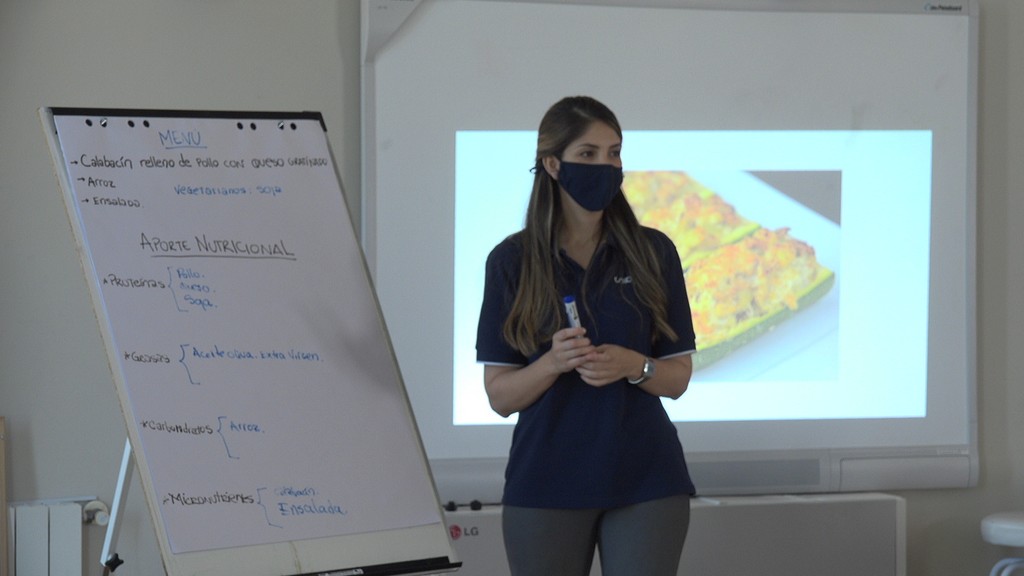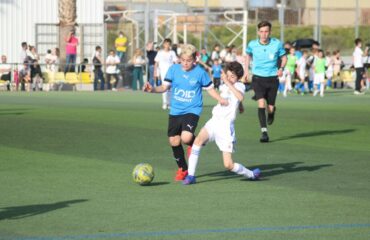Can nutrition influence recovery from injury?
The incidence of injury in football is among the highest of all sports. Research has shown that more than a third of all injuries are musculoskeletal and involve the four main muscle groups of the pelvic limbs: hamstrings, adductors, quadriceps and calf muscles.
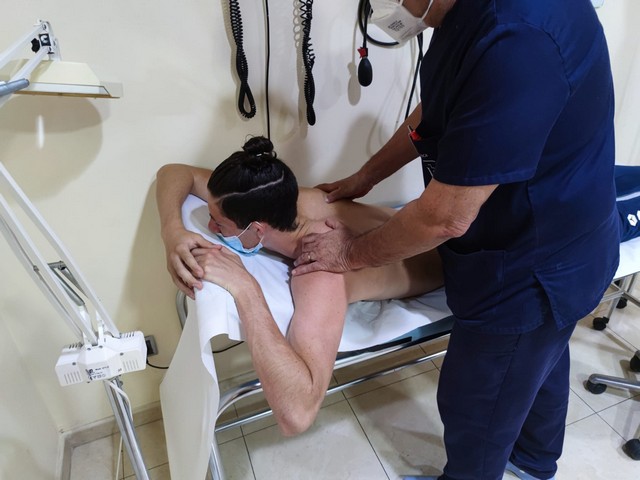
The occurrence of an injury is a situation that, although it is to be avoided, is inherent to the life of the athlete. It involves not only physical, but also emotional and financial costs, both for the player and the institution, as is the case in team sports.

It is known that half of all sports injuries can be considered severe, with an average period of inactivity of more than 3 weeks without training or competition. Any prolonged injury brings with it periods of rest, leading to loss of muscle mass, strength and function, so any intervention to reduce the period of immobility will be important.
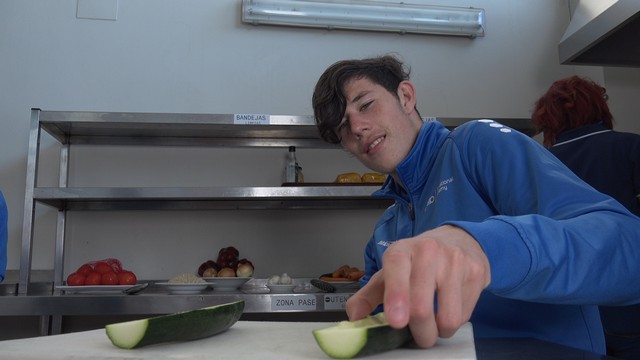
Nutrition during an injury is a fundamental factor that many athletes forget, since in order to return to competition in the shortest possible time and at the highest possible level, not only must inflammation be modulated, but muscle atrophy and the accumulation of adipose tissue during the recovery period must be avoided as much as possible. The less atrophy and body fat gain you achieve, the faster you will be able to return to your pre-injury level.
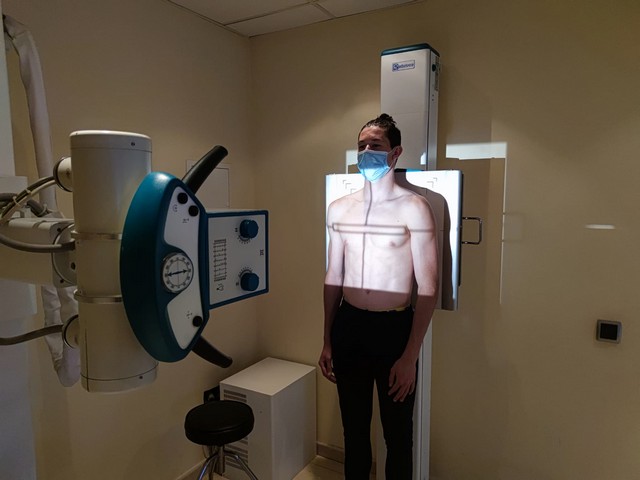
It can take several weeks or even months to lose excessive grease and build muscle, with additional time added after discharge from a prolonged injury.

In this opportunity, we will focus on the nutritional intervention of injured players, since for our department the main challenge is to support the rehabilitation in its different stages in order to bring our athlete back to the field safely and in the shortest possible time.
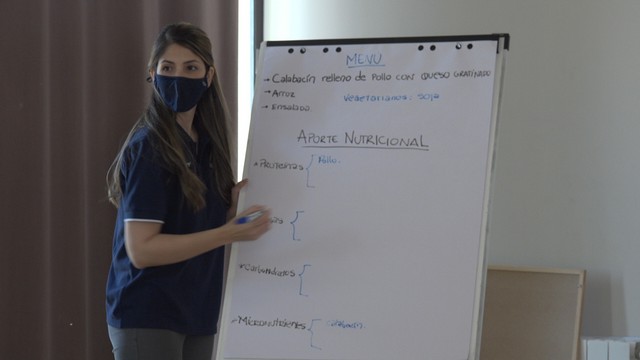
Phases of recovery from injury
The nutritional support in each of the phases can be described in a general way, however it is necessary to adjust it to the particular characteristics of the player, each player must learn what to eat, the type of injury and the treatment required. In any case, the main objective will be to ensure an adequate supply of nutrients to avoid deficiencies that may negatively affect the cell regeneration process.
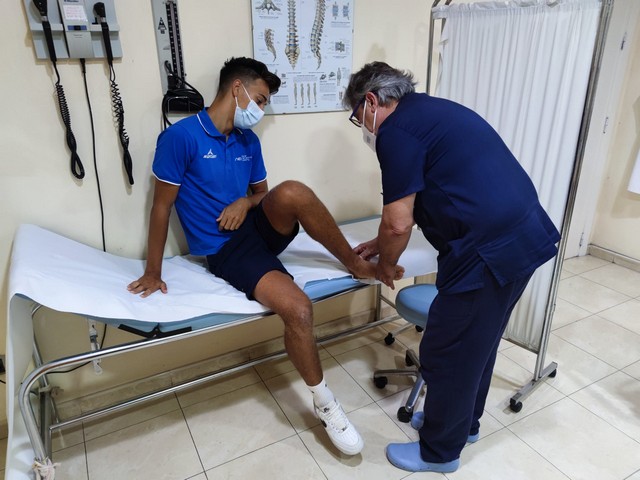
Immobilisation phase
This phase can range from a few days to several months. Inactivity can lead to significant losses in muscle mass and strength, which in turn can also alter tendon structure and function.
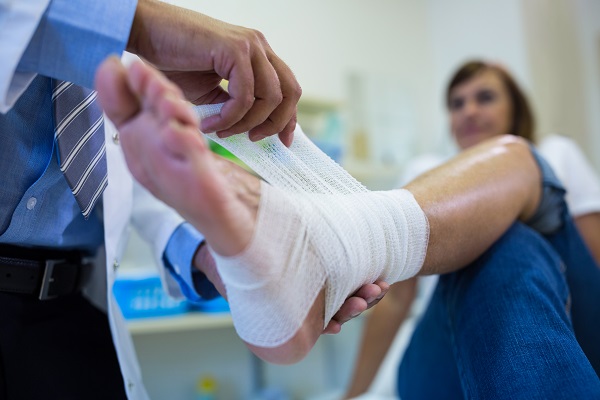
Significant muscle mass losses have been described with only 5 days of immobilisation. About 150 grams of muscle mass are lost per day, equivalent to 1 kg/week, with type II muscle fibres being the most susceptible to atrophy.
This significant loss of muscle mass has been associated with a “muscular anabolic resistance” generated by the inflammatory mediators inherent to the injury. This anabolic resistance gives rise to specific recommendations for protein consumption during this period.
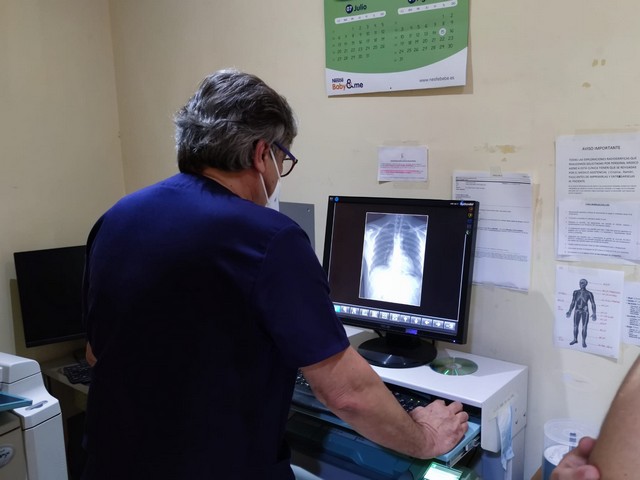
Special protein intake considerations
To mitigate the loss of muscle mass during immobilisation it is recommended:
- Provide an adequate protein intake distributed throughout the day (2.3g /kg CP).
- Ensure that the proteins supplied are rich in Leucine.
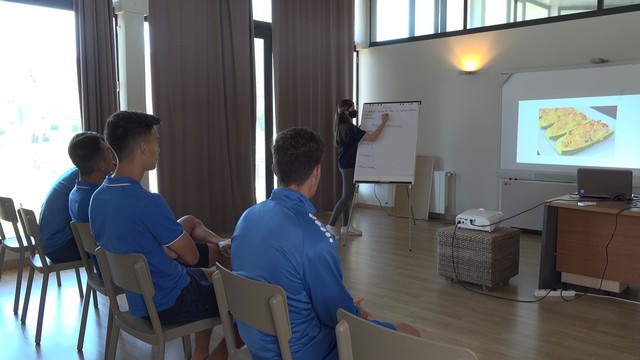
Leucine is an essential amino acid found in large quantities in proteins of high biological value (e.g. whey protein). Studies have linked the effect of the amino acid leucine to partial enhancement of muscle synthesis.
Foods high in leucine include:
| Milk and dairy derivatives | Fish |
| Egg | Soy |
| Meat | Peanut |
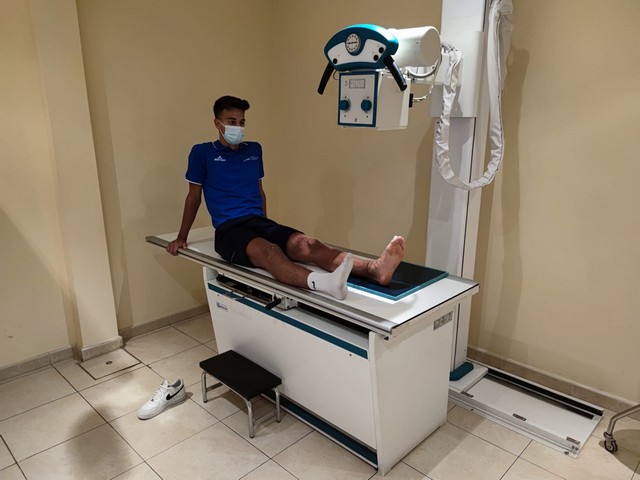
Special caloric intake considerations
To avoid an excessive increase in body fat it will be necessary to adjust the athlete’s energy requirements. It is obvious that the injured athlete, due to inactivity, will expend fewer calories per day than one who trains normally.
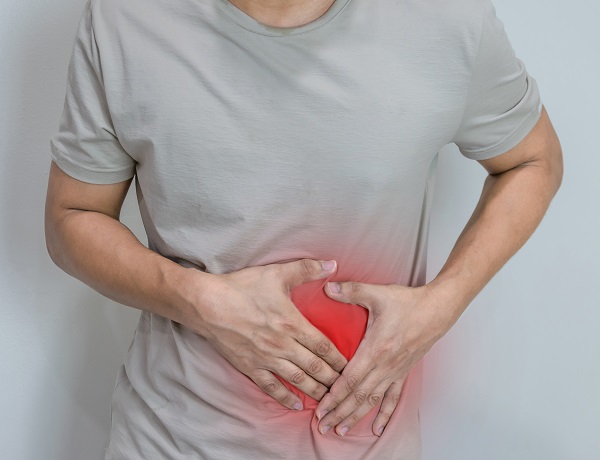
It is important to mention that there may be some exceptions such as injuries that require increased energy demands due to metabolic stress such as bone fractures or walking with crutches.
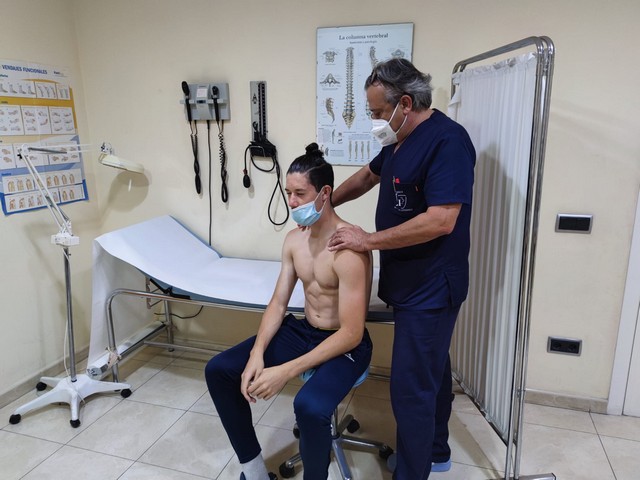
Generally, calorie control will reflect a decrease in carbohydrate and fat intake, which will be progressively adjusted as activity is recovered. Extreme dietary restrictions that may adversely affect recovery should also be avoided. It has been described that strict calorie restrictions can reduce protein synthesis by 20-30%, which alters tissue regeneration and worsens muscle atrophy.
Supplementation
As for supplementation, more studies are still needed in injured athletes, but there is evidence that omega-3 in doses of 4 g/day favours the recovery process. It is also possible to increase consumption of this nutrient from natural sources, provided that its share as a fat in the daily calorie intake is taken into account. Foods with a high omega-3 content are: olive oil, oily fish, walnuts and seeds (flax and chia).
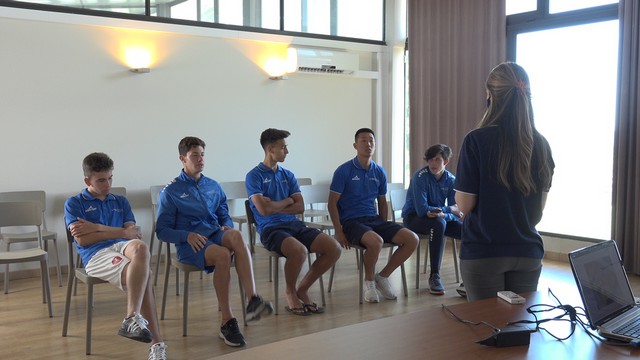
Functional recovery phase
This phase involves a progressive return to the playing field and with it an increase in caloric expenditure. The increased energy expenditure requires an increase in daily carbohydrate intake of around 3-5 g/kg body weight.

During this phase, nutritional intervention should be individualised and will depend on the assessment of the player’s body composition and the impact of the immobilisation phase on his nutritional status.
Conclusion
The purpose of this review is to highlight the importance of nutrition and hydration during an injury, as it can not only mitigate and ameliorate the negative effects of inactivity on muscle strength loss, but also allow a more optimal return to the field, thus avoiding prolonging the time to recover adequate sporting performance.
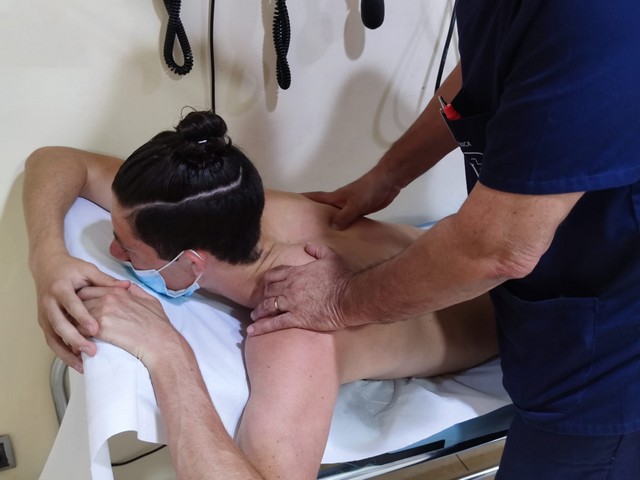
At SIA, the nutrition department is at the disposal of our players to support the work carried out by the physiotherapists and physical trainers.



